- presents how ray tracing is integrated into the High Definition Render Pipeline (HDRP)
- a brief overview of the Unity raytracing API integration
- shows how different effects have been implemented
- including optimizations and performance results

- shows how to use HLSL to write a raytracing implementation using the Nvidia Vulkan extension
- uses recently added DXC support to compile the shaders
- updated docker image to provide the shader compiler support
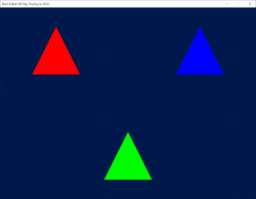
- presents how the Unity demo was made
- overview of skin/hair/eye/teeth shading
- facial animations used scanned information, at runtime need to resolve positions for hair
- details about how the tentacles were created for the different use cases
- based on Hermite splines, signed distance fields and divergence-free noise and skinning
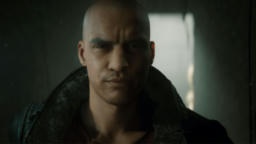
- overview of the deferred decal solution
- uses bindless resource binding model
- decals are part of lighting shader and don’t modify the Gbuffer
- presents use-cases, common problems, and optimizations for deferred decals
- includes a lot of code samples to explain the concepts
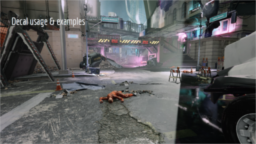
- a new release, range profiler provides detailed metric graph about the performance of the application
- rules can be written to trigger custom performance warnings
- ray tracing acceleration structures can be exported and inspected independently
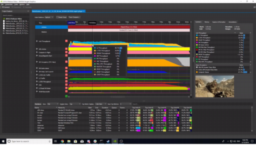
- summary of the Quake II path tracing implementation
- presented in 3 video parts with notes
- covering Path Tracing theory, denoising and the path tracer implementation
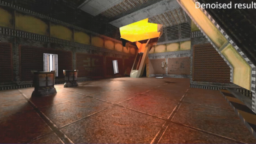
- Nvidia helper library to simplify the integration of Variable Rate Shading
- the user only needs to provide eye positions and select performance presets
- the library creates/updates/manages the required API resources
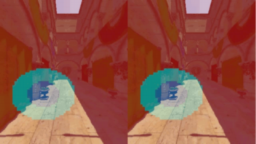
- the author presents what makes a graphics system paper
- papers that introduce new systems and are not necessarily introducing new discoveries
- provides what paper authors and reviewers should focus on
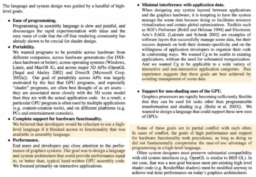
- new point based shadowing algorithm for local area lights
- better quality than single view and less performance required than multi-view solutions
- generate a multi-viewpoint pointset for the area light
- projecting points into many depth buffers at once

- tutorial series covering Unity’s scriptable render pipeline
- explains how to combine real-time lighting with baked shadows
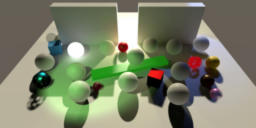
- presentations that talks about the state of rendering
- how did we get to today’s state and what might be the next steps
- ideas about challenges, workflow, and research
- meant to challenge ideas and start a discussion

- new representation approach for spectra
- shows use in offline raytracing and real-time D3D12 application
- a variable number of momements can be used to match quality and performance constraints
- the source provided in C++, HLSL, and Python
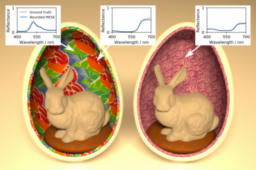
Thanks to Matt Pharr for support of this series.
Would you like to see your name here too? Become a Patreon of this series.